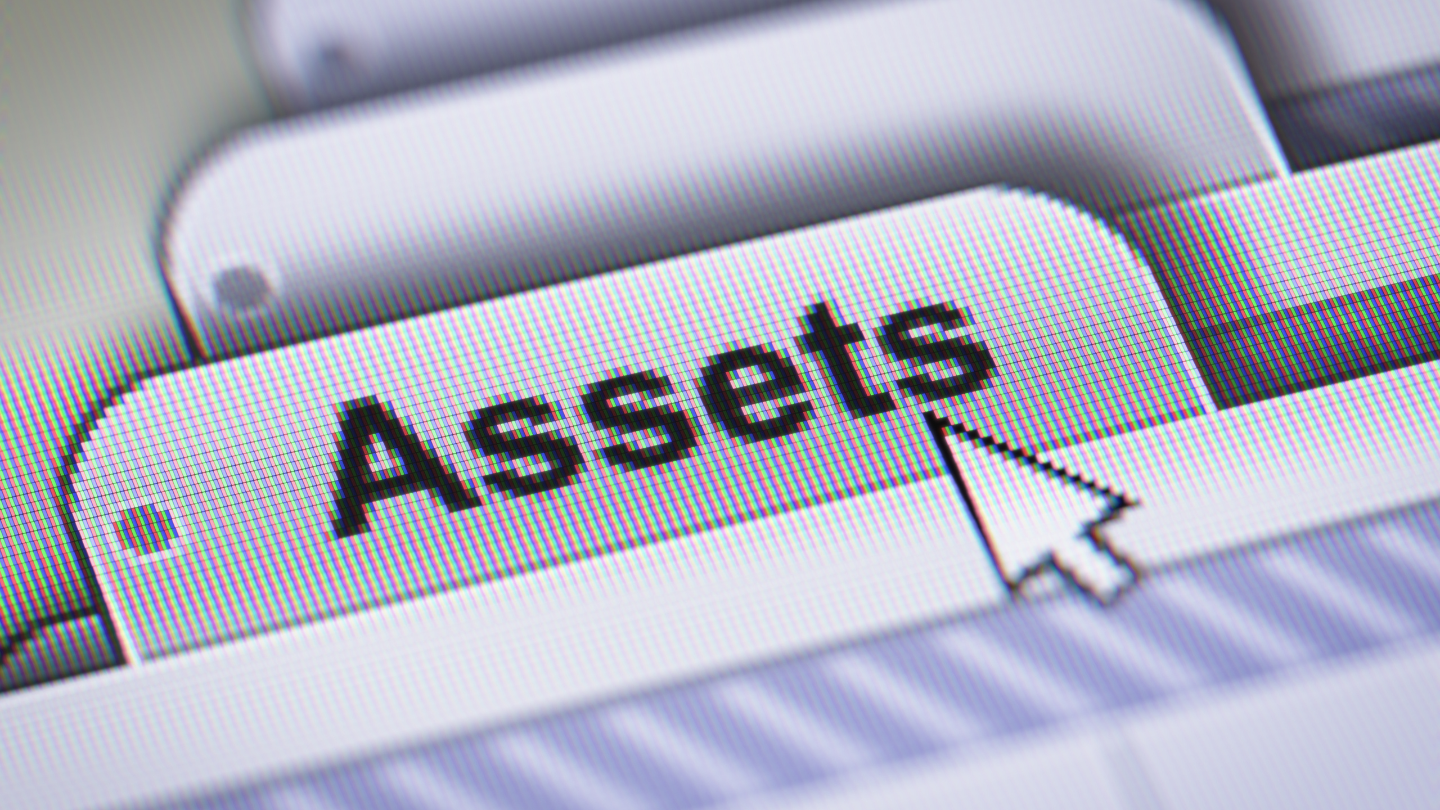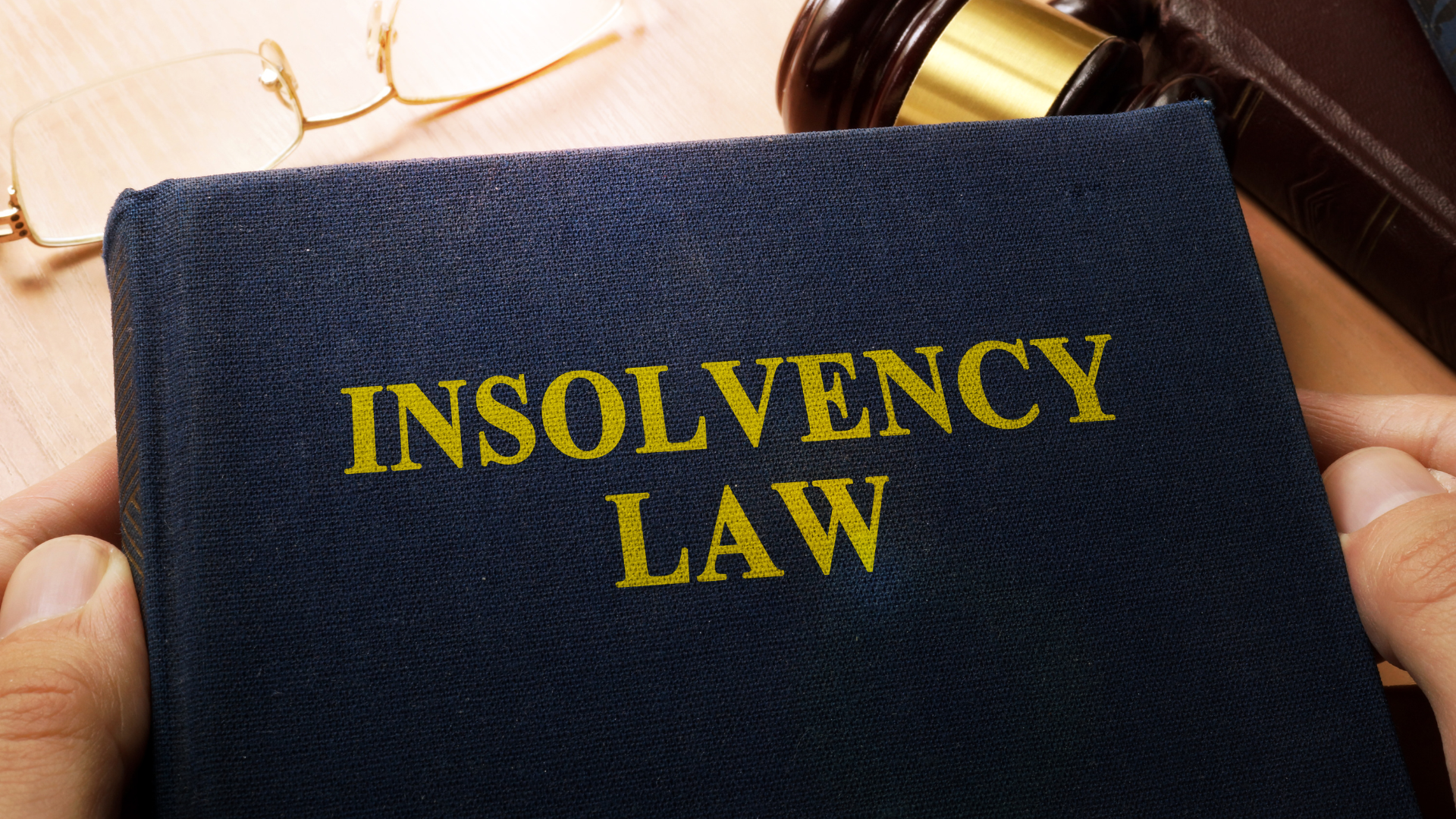How Asset Inspections Safeguard Commercial Lending
Why Asset Inspections Are a Commercial Lender’s Best Risk Mitigation Tool
Commercial lenders increasingly rely on physical asset inspections to safeguard their loans. In asset-based lending, the loan amount is tied to collateral value. Because physical assets (machinery, vehicles, stock, property, etc.) can be hard to convert quickly into cash, guaranteeing that those assets actually exist and are in the reported condition is important. Asset inspections provide independent verification – confirming location, condition and identity – so lenders can be confident their security interests are protected.

Risks of Lending Without Independent Asset Verification
Lending against collateral without on-site verification exposes lenders to multiple risks. For example:
- Fraud and Overvaluation: A borrower might inflate asset value or even invent “ghost” assets to obtain more credit. This “asset inflation” fraud is a real threat in asset finance. Without an inspection, lenders have no way of spotting faked invoices or phantom machinery.
- Misrepresentation: The collateral could be not what it seems – wrong models, missing accessories, hidden defects, or stolen equipment. If the borrower lies about serial numbers or the existence of liens, a lender could end up with worthless or encumbered collateral. Industry reviews have found cases where banks reported assets “not on-site” or with reused serial numbers because field checks were inadequate.
- Condition Deterioration: Even genuine assets lose value over time. Machines wear out, vehicles rack up mileage, and stock can degrade or become obsolete. Without inspection, a lender may be unaware that the collateral’s condition has deteriorated since financing. For example, a warehouse full of stock today might be empty or damaged tomorrow if nobody checks. Regular condition assessments help catch wear, damage or misuse early.
- Concealed Issues: Assets might have unseen damage or safety problems (e.g. a forklift with a hidden engine fault). Inspections include a check for obvious issues or compliance risks. The goal is to identify any potential risks or concerns that could affect value.
- Multiple Financing (Double Pledging): If two lenders unknowingly take security over the same asset, one will lose out. Independent inspections help ensure the asset is unencumbered and truly owned by the borrower.
- Enforcement Difficulties: If a borrower defaults, a lender needs to repossess or liquidate collateral quickly. Having recent inspection data (photos, GPS tags, documentation) means the lender can locate the asset and prove ownership immediately. Without this, recovery can be delayed or fail.
What This Means for Lenders
In short, omitting inspections can mean blind spots – leading to bad loans and write-offs. The UK trade body Cifas warns that fraud in asset finance (like ghost assets or phoenix schemes) is rising, especially under economic pressure. An inspector on-site would catch a warehouse that’s empty or a crane that’s old and worn, preventing the lender from being overexposed. Regulators and industry analysts therefore see inspections as a critical control in risk management.

What a Quality Asset Inspection Includes
A professional asset inspection is much more than a quick visit. Key elements of a thorough inspection are:
- On-Site Verification: An experienced agent visits the location to verify the asset in person. They record the precise address and details of where the asset is kept (yard, warehouse, office, construction site, etc.). GPS tagging or geo-location tools may be used for exact location confirmation.
- Geo-Stamped Photography: The inspector takes time-stamped, geo-tagged photos of the asset from multiple angles. For example, photos of each side of a vehicle with visible registration or VIN, or images of machinery showing model numbers. These images provide irrefutable proof that the asset exists as described, and show its surroundings.
- Condition Assessment: The inspector notes the asset’s condition. This includes operational status (working or broken), cleanliness, evidence of wear or rust, and any visible damage. They may record mileage/hours (for vehicles and plant) and fuel levels. A short narrative or checklist captures any faults or concerns. The goal is a clear description of how the asset looks and functions.
- Identification Details: Serial numbers, chassis/VIN numbers, engine numbers – anything that uniquely identifies the asset – are checked against documentation. The inspector may verify registration papers for vehicles or title deeds for property. Confirming these identifiers guards against fraud (e.g. a different or counterfeit asset).
- Reporting of Risks/Issues: Importantly, the inspection highlights any red flags or unexpected issues. For example, if a warehouse is almost empty despite a large loan, or if a truck shows engine smoke, these get flagged. Lenders see this summary of concerns in the final report.
Tremark’s Asset Inspection Reports
Tremark’s inspection reports provide comprehensive detail, including asset location and verification, condition assessment supported by photographic evidence, and identification of any potential risks or concerns. The process is systematic: once instructed, a local agent is assigned, the site visit is carried out, and a detailed report—with timestamped images and notes—is typically delivered within 48–72 hours. This gives lenders a reliable, factual basis to support lending decisions.
We also offer a range of additional services that can be instructed alongside or following an inspection:
- Desktop valuation or further appraisal by a qualified independent valuer
Removal of goods - Progressive site photo monitoring for lenders funding new builds or developments
- Checking, installing, or replacing identification labels
- Asset tracing and process serving
These services provide added flexibility and support where further action or monitoring is required, and can be added as needed to support more complex or ongoing cases.

Benefits for Lenders: Informed Decisions and Portfolio Health
Asset inspections are more than a one-off check – they contribute to overall portfolio health. By integrating inspections into lending processes, lenders gain:
- Informed Underwriting: Before advancing funds, the lender knows exactly what the collateral is. This data supports an accurate Loan-to-Value (LTV) assessment. If the inspection shows the asset is smaller or older than claimed, the lender can adjust the loan amount or interest.
- Ongoing Monitoring: For revolving credit lines or multi-draw loans, periodic inspections track whether collateral is being maintained or is shrinking. For example, a lender can schedule quarterly or annual check-ups on expensive machinery or ongoing development projects, catching deterioration or misuse.
- Risk-Based Management: Lenders can use inspection findings to segment their portfolio by risk. High-risk sectors (e.g. heavy construction equipment) or newly-approved borrowers might get more frequent checks, while low-risk borrowers get fewer inspections. This risk-based approach aligns with best practices.
- Enforcement Readiness: If a borrower defaults, the lender already has up-to-date proof of the asset’s location and condition. That accelerates repossession, liquidation, or legal enforcement. Knowing the asset’s status in advance also helps the lender to plan recovery strategies and allocate resources.
- Regulatory Compliance: Capital requirements (under Basel II/III, PRA guidelines, etc.) reward lenders who reduce risk. By documenting collateral properly, a bank can justifiably assign lower risk weight to that loan. The Bank of England has noted banks are tightening asset verification after large fraud cases. Using robust inspections helps meet those regulatory expectations.
- Claims Management: In the event of borrower insolvency, having a detailed inspection report is valuable evidence to prove the lender’s secured interest. It can distinguish genuine collateral from estate assets.
Summary
In essence, asset inspections give lenders clarity and transparency. Instead of relying solely on borrower-provided data or outdated appraisals, inspections yield current, objective information. Failure to inspect on a regular basis leads to losses and higher bad-debt provisioning. Conversely, a documented inspection record means fewer surprises and more confident portfolio decisions.

Industry Practices and UK Market Expectations
In the UK lending market, asset inspections are an established best practice. Major banks and specialist finance companies usually require some form of collateral check, especially for high-value loans. For example, the Bank of England’s Prudential Regulation Authority reviewed a large asset finance fraud and found that many lenders had relaxed inspections during COVID-19. In response, banks are introducing stricter controls: they now verify original supplier invoices/serial numbers, set materiality thresholds for annual physical inspections of valuable assets, use sampling or risk-based inspection frequencies, and even consider GPS trackers on equipment to confirm location. These measures underscore the trend toward independent verification.
The types of assets regularly inspected in the UK include:
- Machinery and Equipment: (e.g. manufacturing plant, excavators)
- Commercial Vehicles: (lorries, vans, HGVs, specialist vehicles)
- Warehouses and Stock: including contents of warehouses, inventory checks
- Development Sites and Land: progress monitoring of construction projects
- Other Property: offices, retail outlets used as loan security.
Tremark have long catered to UK lenders across all these categories. Our clients range from banks and leasing companies to insolvency practitioners and legal firms.
Conclusion on Asset Inspections
Physical asset inspections give commercial lenders the concrete facts they need about their collateral. By verifying existence, condition and value on-site, inspections prevent fraud and misrepresentation and ensure accurate LTV calculations. They strengthen portfolio oversight and speed recovery if things go wrong.
For UK lenders wanting to bolster their security monitoring, consider Tremark’s nationwide Asset Inspection Service. With over 30 years’ experience, we offer fast turnaround (typically 48–72 hours) and detailed reports with geo-tagged photos and condition notes. Our agents cover all of England, Wales, Scotland and Northern Ireland, inspecting vehicles, machinery, stock, development sites and more. To learn how an independent inspection can protect your lending, complete our contact form and our team will be in touch promptly.
FAQ
- What’s included in a typical asset inspection?
A thorough inspection report usually includes the asset’s location and identification, a detailed condition assessment, and time-stamped photos of the asset. Inspectors verify VIN/serial numbers, note any damage or issues, and highlight potential risks. - How long does an inspection take?
Tremark typically delivers a full report within 48–72 hours of instruction. The on-site visit itself usually takes a couple of hours (depending on the asset size); additional time is billed at an hourly rate. - Can inspections be tailored to my needs?
Yes. You can request a one-off urgent check or set up a regular inspection program. Tremark’s service is flexible, so we can inspect a single asset or a portfolio on a schedule that suits your requirements. - How much do inspections cost?
Tremark’s inspection fees are transparent and modest relative to the risk protection they provide. Basic property-only visits start from £135 + VAT, while a standard inspection (up to 2 hours on-site) starts from £225 + VAT. Additional time on site is charged at £75 + VAT per hour. (There may be a small surcharge for remote or rural locations.) You can tailor the inspection scope to control costs – for example, focusing on key serial numbers or a partial inventory check.
Categories
- Uncategorised
Popular Blogs









